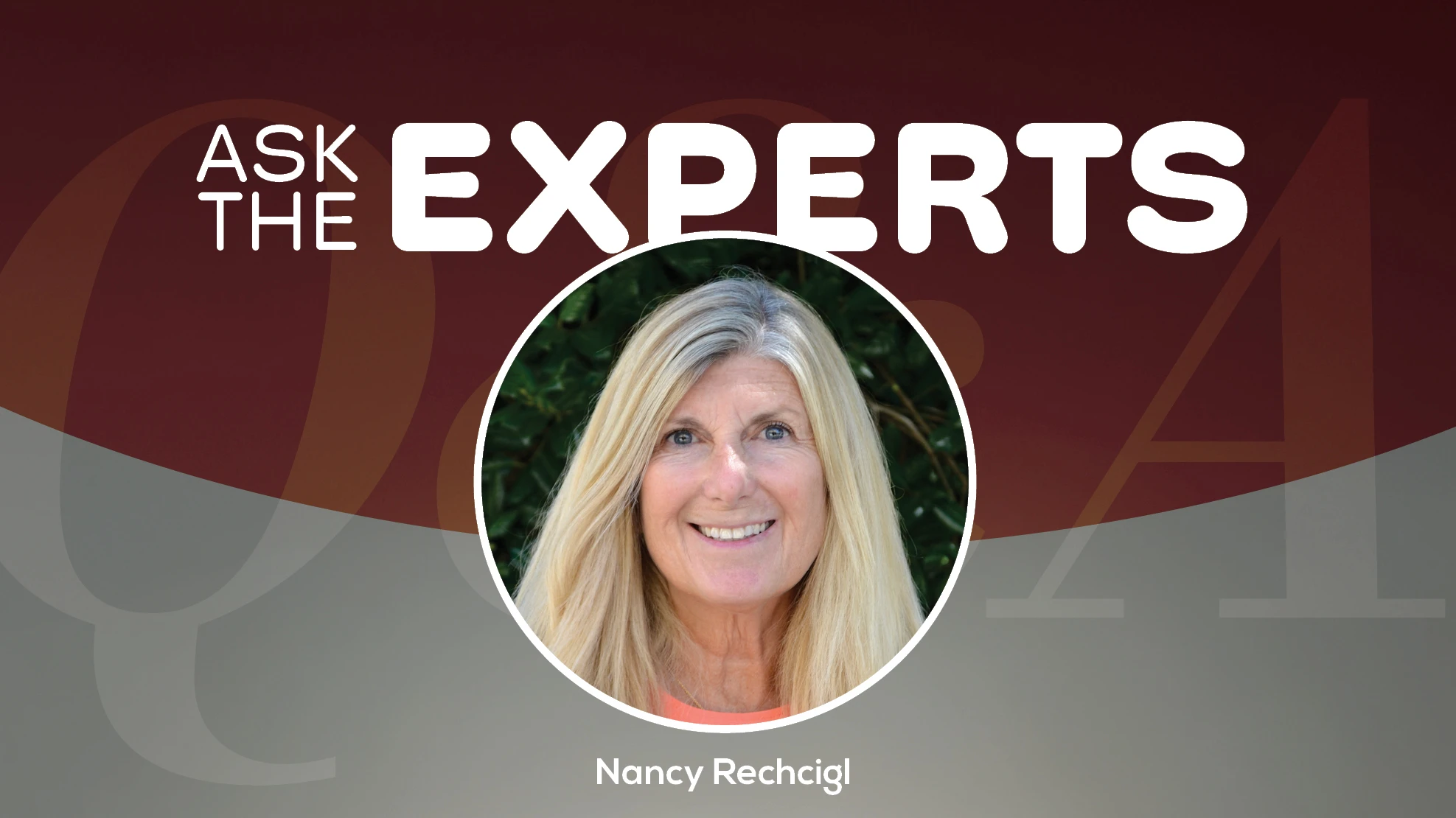
 E-mail, smartphones, social media ... these are all good ways to engage with your retail customers. But nothing replaces good old-fashioned face time when it comes to really connecting with these important people.
E-mail, smartphones, social media ... these are all good ways to engage with your retail customers. But nothing replaces good old-fashioned face time when it comes to really connecting with these important people.
“I don’t think anything replaces face-to-face communication,” says Susan Mertz, marketing director at Loma Vista Nurseries, Ottawa, Kan. “You can’t have that kind of relationship electronically.”
Mertz should know. She spends a good deal of her time on the road visiting customers in eight states across the Midwest. She uses these visits to inform customers about the latest plants being offered at Loma’s, but more importantly, she helps her customers with recommendations on merchandizing so they can sell more product.
“Walking the property, I can see what opportunities exist for your business,” she says.
Finding out what works
Getting out and about also helps Mertz see what is working well in different garden centers. Then she can pass this information back to her other customers as well as other growers. “I go visit the garden centers, and once I see enough of them, I can go in with ideas how they can merchandize better, let people know what works.”
Visiting the garden centers isn’t just limited to sit-down talks with retailers. Mertz says one of her sales reps literally follows the delivery truck to the garden centers in the spring time. This allows the rep to see how plants look on arrival as well as spot gaps in what is being offered to consumers.
Mertz and Loma Vista Nursery also meet face-to-face with customers at various events held at the nursery. For instance, they have a “Pink Day” where they give out a free Proven Winners Pink Day kit, along with the latest point-of-purchase materials to go along with their plant programs.
“These are great opportunities to invite your customers to your nursery,” says Mertz, adding that it helps to get people through the door to see the two million-plus plants they grow.
Preparation, planning
Dan Wenke of WenkeSunbelt Nurseries, with offices in Kalamazoo, Mich., and Douglas, Ga., also travels the highways and byways of the Midwest. He says he spends 30 to 40 percent of his time on the road traveling to “geographical clusters” in the Midwest, from Wisconsin to Chicago and down to Chattanooga.
Before Wenke (no relation to the company namesake) even grabs his keys, he’s reviewing the records from the garden center he is about to visit. He says he wants to see how things fared the previous retail season. He also loads his vehicle with product samples, marketing materials and posters before hitting the road.
More often than not, Wenke meets in the showrooms of the garden centers. Sometimes he even meets out by his vehicle, where he can show off the loot he brought with him. He says the one thing about traveling is that you have to expect the unexpected.
“One thing I appreciate about being out on the road is you never know what is going to unfold,” says Wenke. He relates a story of how he once met a landscape crew early one morning at the Southern Adventist University, outside of Chattanooga. “Lo and behold, before I knew it we were reading out of the Book of Job,” he chuckles. “It was an interesting way to start a meeting.”
Face-to-face contact enables Wenke to explain what his company offers online as well. He walks customers through the features of his company’s website. Sure, he could e-mail or mail this information to them, he says, but he prefers to explain it in person.
“To sit in the presence of the customer and show it to them on the monitor we feel is much more powerful,” says Wenke. He shows them how they can use some of the content from the nursery’s website for their own social media promotions.
Staying put
Wenke and Mertz also know when to stay in the office. Both agree that late winter is a good time to meet, prior to the growing season getting underway. Late August is also good, as that is when they can catch retailers prior to fall sales and activities.
So what advice do these green industry veterans have for the newbies?
“Really know your product mix and inventory,” says Mertz. “You will hear no’s along the way, and don’t take them personally. Do take the time to learn from them and search for ways to make them yes.”
Says Wenke, “Approach each day as a unique endeavor; to that end I like to have a sense of humor. The hours can be long, the work demanding; what you put in is what you get out.”
|
Tips for face-to-face meetings
Editor’s note: Excerpts from “7 tips for Effective Communication with Clients” by Jayshree Pyasi were used for this list. |
Neil Moran is a horticulturist and writer for Greenhouse Management magazine. You can visit his website at www.neilmoran.com.

Explore the May 2013 Issue
Check out more from this issue and find your next story to read.
Latest from Greenhouse Management
- Society of American Florists accepting entries for 2025 Marketer of the Year Contest
- Sustainabloom launches Wholesale Nickel Program to support floriculture sustainability
- American Horticultural Society welcomes five new board members
- Color Orchids acquires Floricultura Pacific, becoming largest orchid supplier in U.S.
- American Floral Endowment establishes Demaree Family Floriculture Advancement Fund
- The Growth Industry Episode 3: Across the Pond with Neville Stein
- Flowerful growth
- The Growth Industry Episode 2: Emily Showalter on how Willoway Nurseries transformed its business








